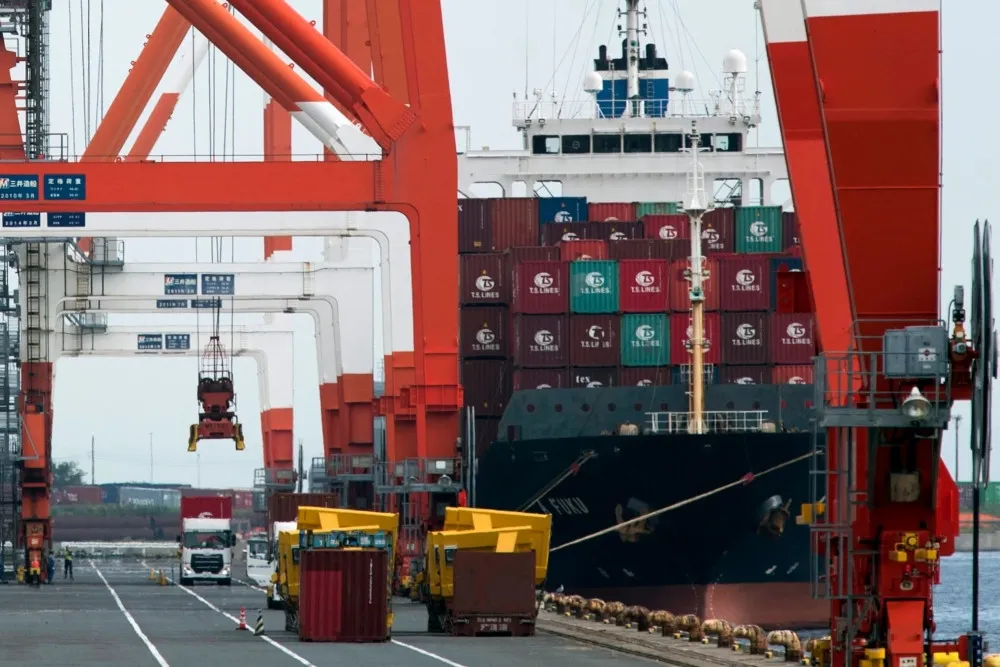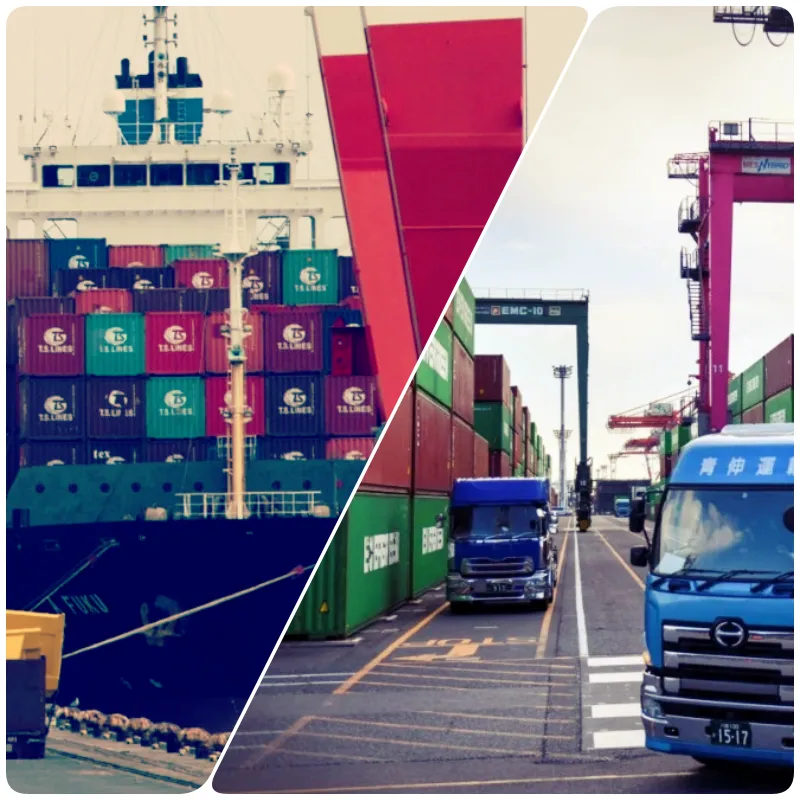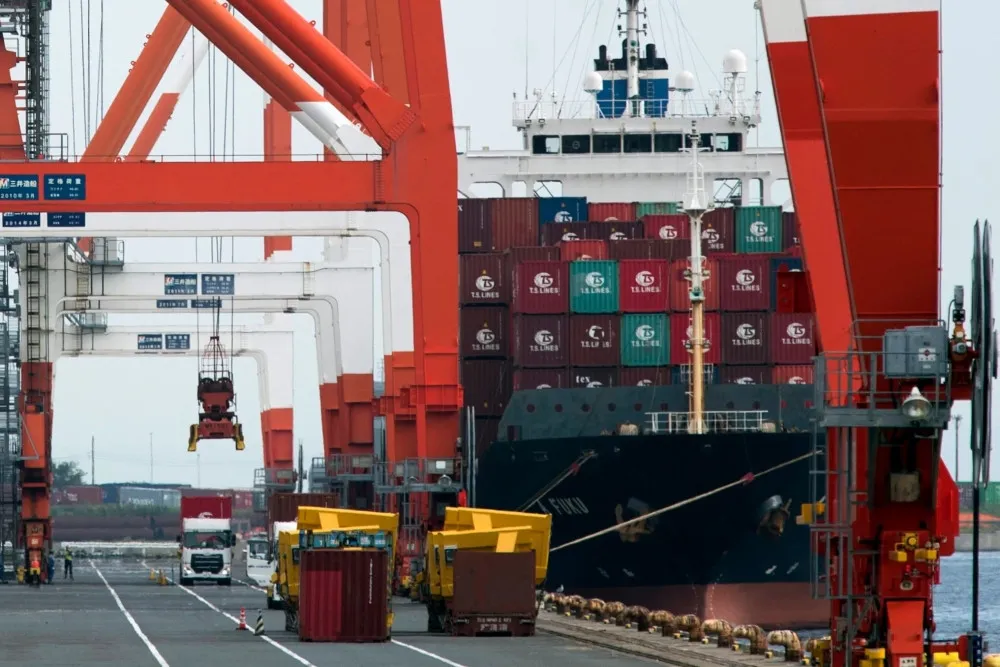
“The Autoflow-Road project aims to revolutionize cargo transportation in Japan by constructing a 500-kilometer conveyor belt system that will efficiently move goods between Tokyo and Osaka, significantly reducing the need for truck drivers and minimizing carbon emissions”
Japan is planning to construct a 500-kilometer conveyor belt to replace 25,000 truck drivers. This massive conveyor system will connect Tokyo and Osaka, facilitating 24-hour cargo transportation, equivalent to the operations of 25,000 trucks daily.
The Ministry of Land, Infrastructure, Transport and Tourism (MLIT) recently announced the Autoflow-Road project, which resembles airport or mining conveyor systems.
This enormous conveyor will be integrated into the highway infrastructure, utilizing existing roads and tunnels. Goods will be transported automatically using electric, driverless vehicles, addressing labor shortages and reducing emissions in Japan.

According to estimates by Yomiuri, the system could become operational within the next decade, with costs projected at 80 billion yen (approximately 512 million euros) for every 10-kilometer segment.
Shuya Muramatsu, a senior official, stated that the automated logistics conveyor is designed to maximize the use of road space, including hard shoulders, medians, and tunnels. The Autoflow-Road initiative comes at a time when Japan’s population is aging rapidly, leading to a shortage of delivery drivers, compounded by new regulations limiting weekly overtime to just 18 hours.
Slow transportation significantly affects the quality of goods, particularly perishable items like strawberries and napa cabbage. Over 90% of goods in Japan are transported by road.
A recent study by the Nomura Research Institute indicates that by 2030, Japan will face a 35% shortage of truck drivers compared to the required volume of goods to be transported, with rural areas being the most affected.
The International Transport Forum (ITF) estimates that commercial freight transport accounts for over 7% of global CO2 emissions and approximately 30% of transport-related emissions.

Data from the International Energy Agency (IEA) shows that the United States, China, and the EU are the leading emitters in road freight transport, while Japan contributes about 3%.
Long transport times and extensive distances make it challenging for the logistics sector to adopt electric vehicles (EVs). To reduce CO2 emissions, transport companies have started using high-speed trains in combination with smaller trucks.



